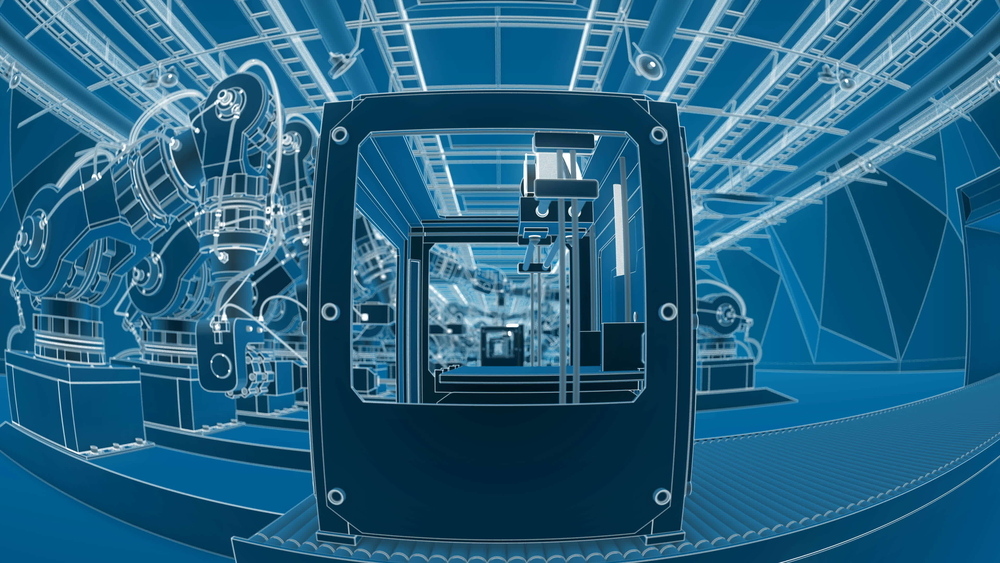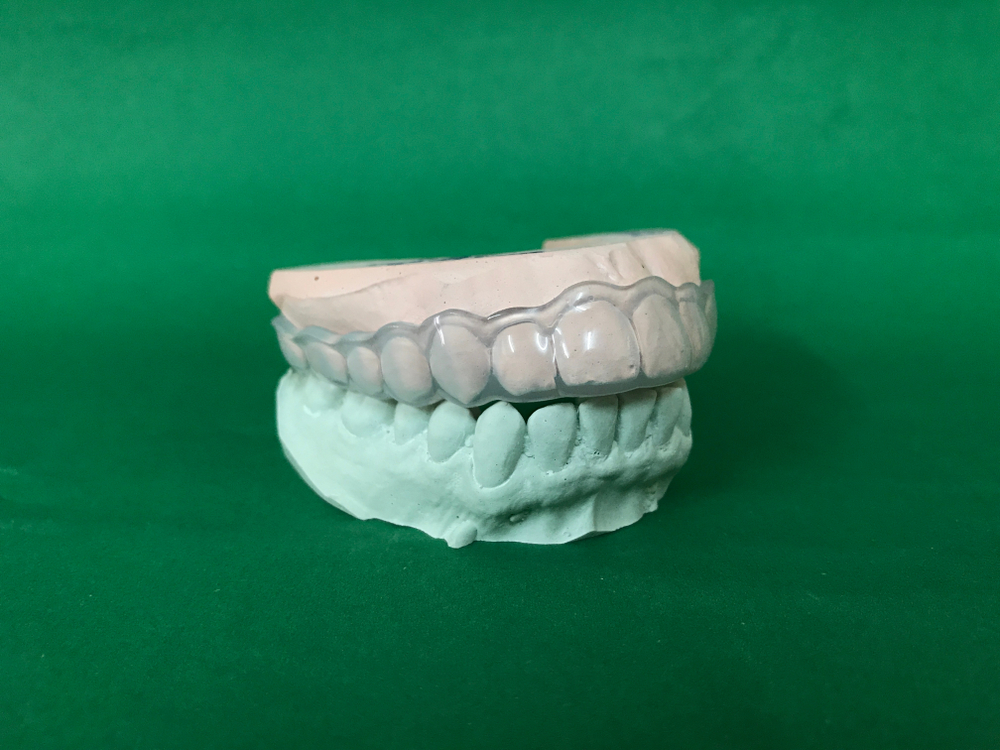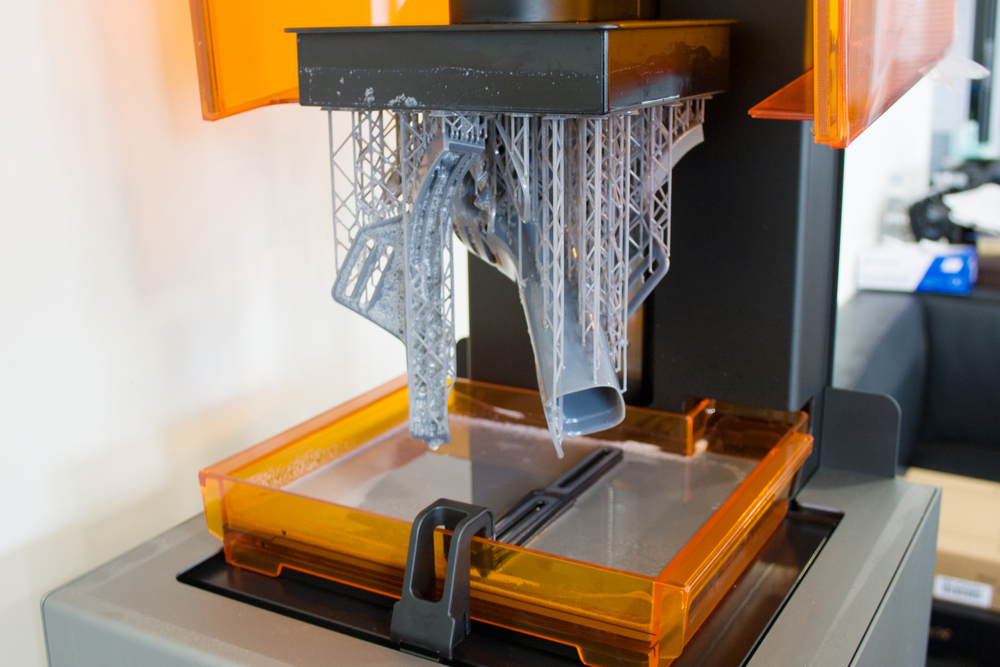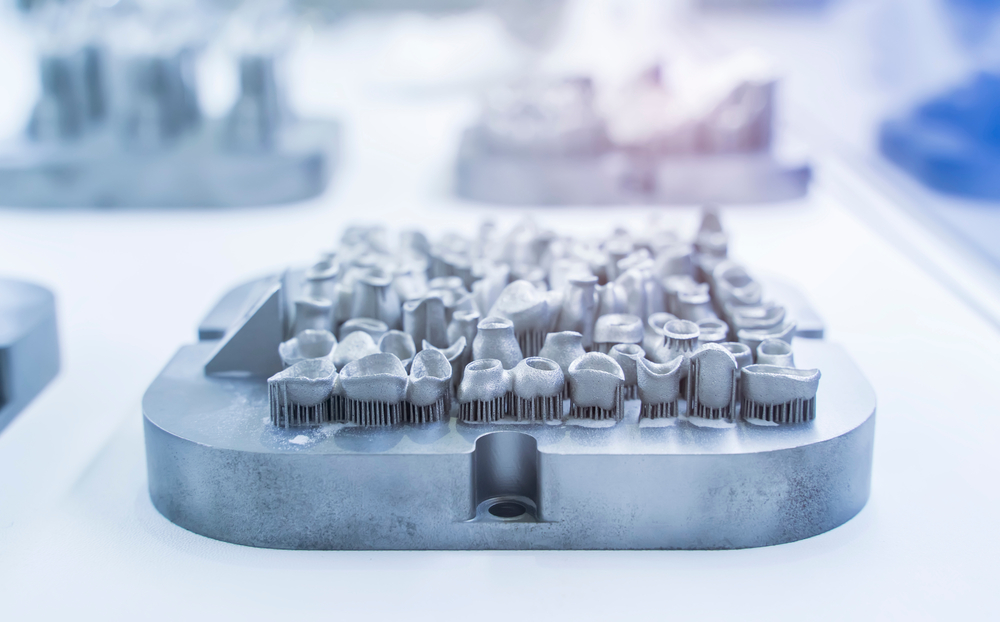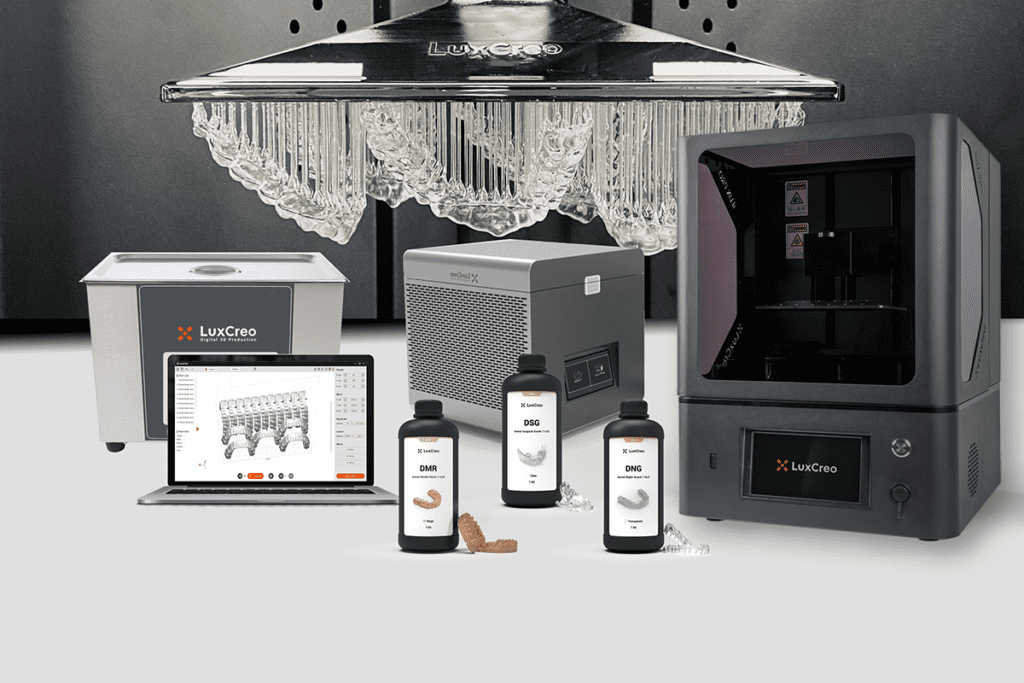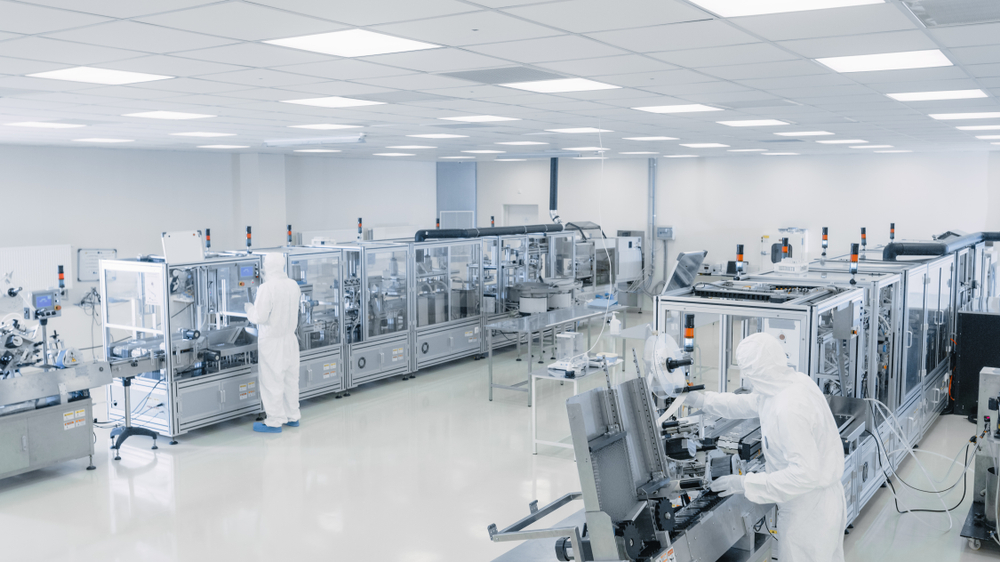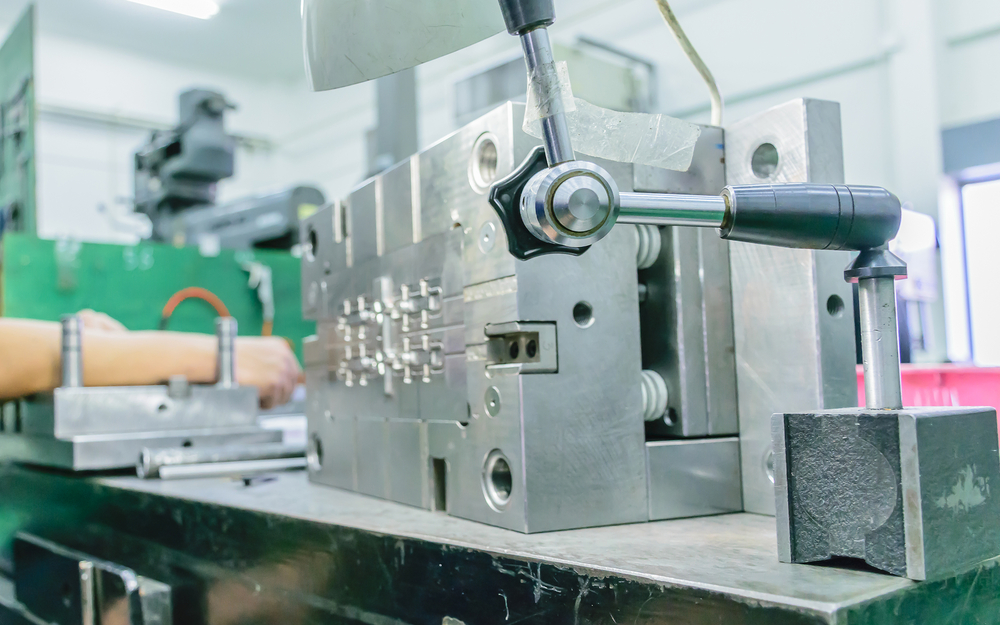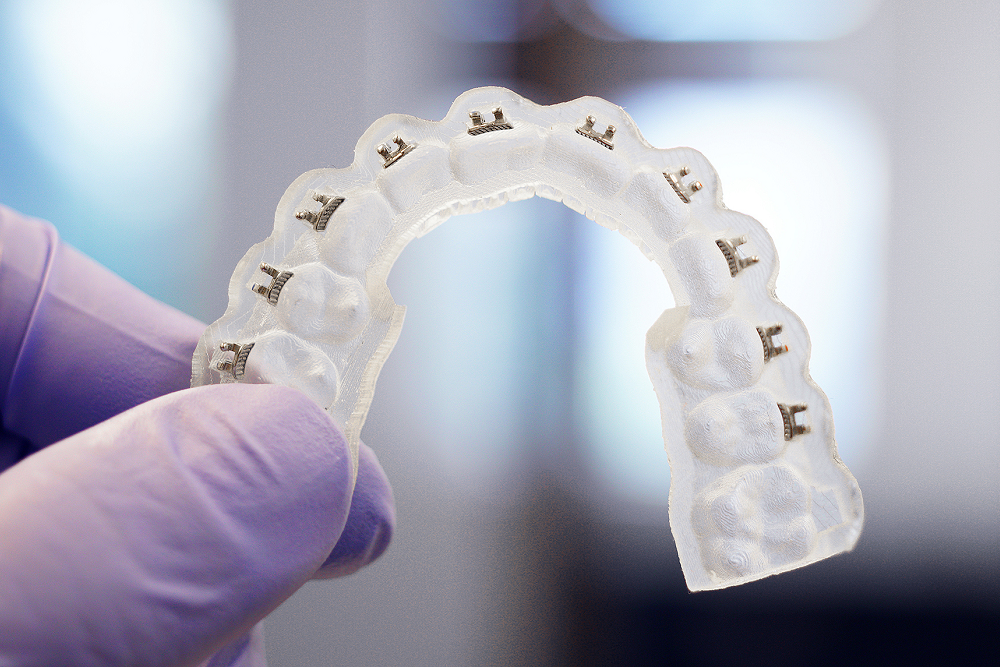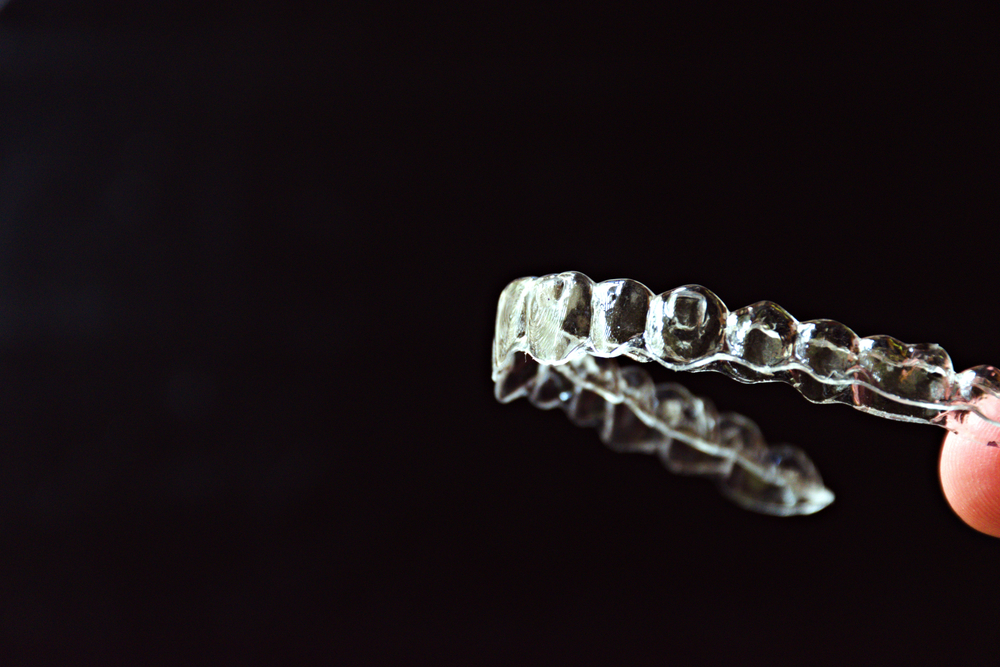3D Printing Innovation
What is the Future of Additive Manufacturing?
Companies unfamiliar with additive manufacturing and 3D printing processes may not know 3D printing is transforming manufacturing across multiple industries. Understanding the future of additive manufacturing will enable companies to stay competitive and even future-proof their businesses.
Read MoreFour Benefits of 3D Printing Occlusal Splints
Many jaw alignment disorders involve treatment with occlusal splints, a product customized to fit a patient’s mouth and bite pattern. These customized orthodontic devices guide the jaw into proper alignment…
Read MoreAdditive Manufacturing vs. Traditional Manufacturing: High-Volume Production
When examining differences between additive manufacturing vs. traditional manufacturing, companies need to evaluate current technologies as rapid innovation in 3D printing is enabling companies to produce finished products with very little post-processing.
Read MoreCNC Milling vs. 3D Printing Dental Crowns and Bridges
3D printing is increasingly a more efficient method for producing dental parts such as aligners and retainers. Advanced 3D printing technology allows it to compete with traditional processes, such as CNC milling and sintering, to produce dental crowns and bridges.
Read MoreHybrid Additive Manufacturing Approaches
Hybrid additive manufacturing combines additive and subtractive manufacturing to produce a finished product. Additive manufacturing, or 3D printing, builds structures by adding material in layers. Conversely, subtractive manufacturing, such as…
Read MoreEvaluating Scalable 3D Dental Printing Solutions for Dental Practices
If you need to produce high-volume quantities of simple and very inexpensive products, then 3D printing processes may not provide significant advantages. However, there are many applications of 3D printing where it solves many production pain points felt by manufacturers. Here’s what you need to know about high-volume additive manufacturing and applications where 3D printing can provide the most value.
Read MoreFour Applications of High-Volume Additive Manufacturing
If you need to produce high-volume quantities of simple and very inexpensive products, then 3D printing processes may not provide significant advantages. However, there are many applications of 3D printing where it solves many production pain points felt by manufacturers. Here’s what you need to know about high-volume additive manufacturing and applications where 3D printing can provide the most value.
Read MoreOvercoming the Limitations of Injection Molding with 3D Printing
Innovations in 3D printing make it the ideal alternative to injection molding for low-volume, high-mix production and for products that are difficult or impossible to produce with injection molding. Here’s how to take advantage of 3D printing and overcome the limitations of injection molding.
Read MoreThree Benefits of 3D-Printed Indirect Bonding Trays
Dental procedures involve precise manual processes, both when working in a patient’s mouth and fabricating dental appliances. Products like clear aligners and night guards require manual fabrication and finishing steps…
Read MoreManufacturing High-Quality 3D-Printed Dental Retainers
Streamlining digital dentistry is a faster and more cost-effective way to produce dental retainers. Traditional processes require potentially multiple visits to the dentist or orthodontist’s office for impressions and molding, along with several weeks of waiting for a dental lab to produce and ship the appliance. Advancements in 3D printing are significantly reducing dental retainer production time and costs and improving quality and accuracy.
Read More

